
LocClip by MeDescover – Preventing Feeding Tube Disruptions
Abstract: Accidental disconnection of gastrostomy (G-tube) extension tubes during enteral feeding remains a clinical and caregiver challenge, impacting approximately 100,000 patients annually. Disconnections often occur during nighttime sleep, leading to…
EZ-Reduce: Patella Fracture Fixation Method
Team Members Problem Statement Patellar fractures account for 1% of all skeletal fractures, typically occurring from a large blow to the knee, resulting in a comminuted fracture pattern, or during…
Neurosurgery Team
General Surgery team
Archive
Sherpa Pro – ORIF Precision Drill Guide Device
Orthopedic Trauma Surgery Team Team Members Background During our time in the orthopedic trauma operating rooms at Strong Memorial Hospital, our team identified the issue of cross-threading during open reduction,…

DuraMate by NeuroTech Innovations
Problem A craniotomy is a surgical technique that exposes the brain by removing a section of the bone from the skull. A surgeon makes two or more burr holes and…
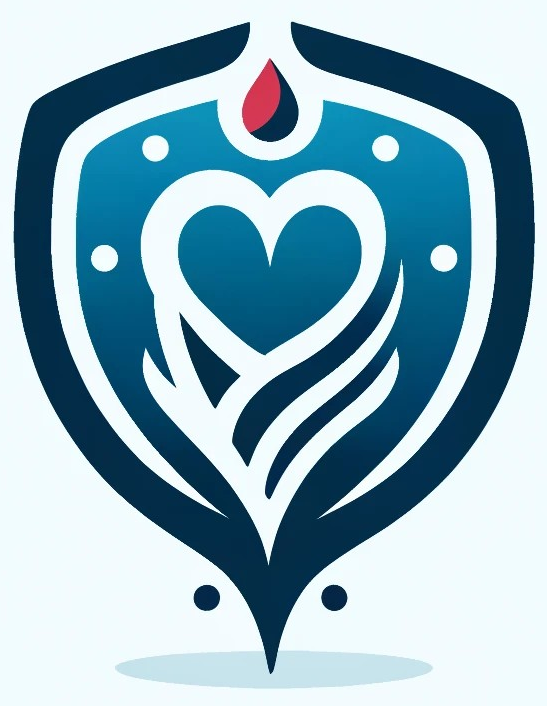
SplashGuard
Table of Contents Team Members Duy Doan M.S. Student in Biomedical Engineering at University of Rochester – CMTI Ben Amadi M.S. Student in Biomedical Engineering at University of Rochester –…
IllumiCath, by W.E.L.D.
Women’s Engineering in Life Design, or W.E.L.D, aims to improve outcomes for surgeries commonly undergone by women. We create novel surgical instruments, such as the IllumiCath, that make obstetrics and…
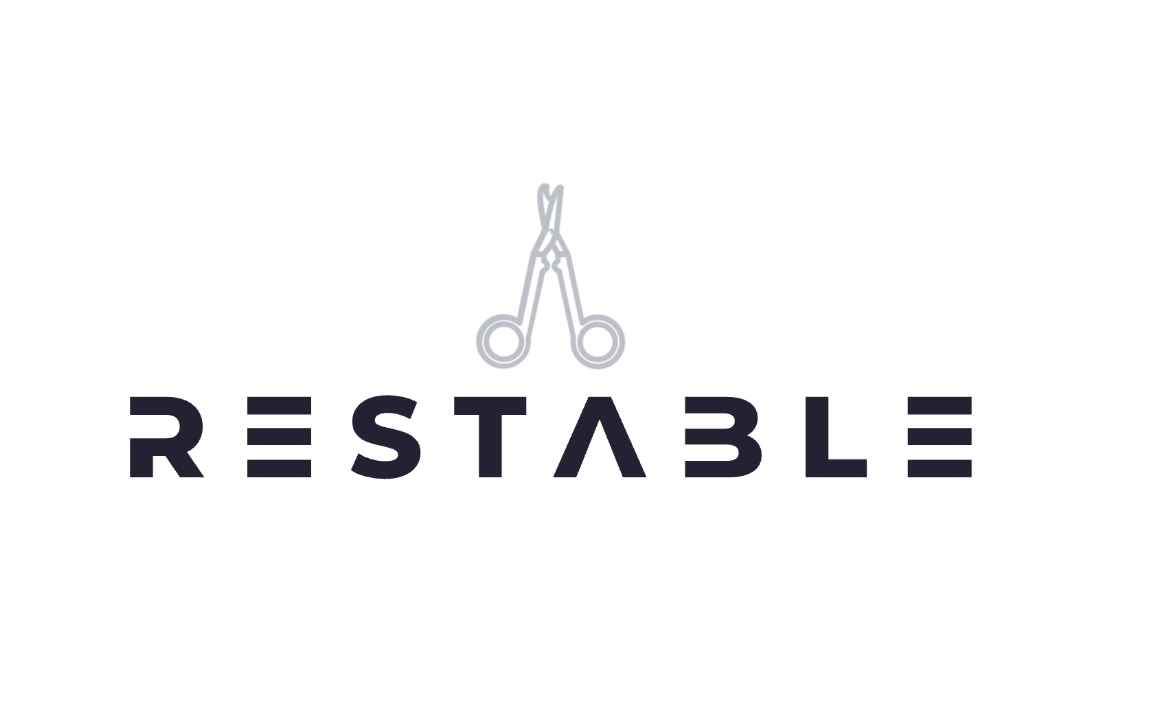
ReStable
Meet the Team Background Wedge Deformities: Also known as the Wedge Effect. Characterized by the distraction of the proximal femur and lateralization of medullary nails within the femur. Why is it…
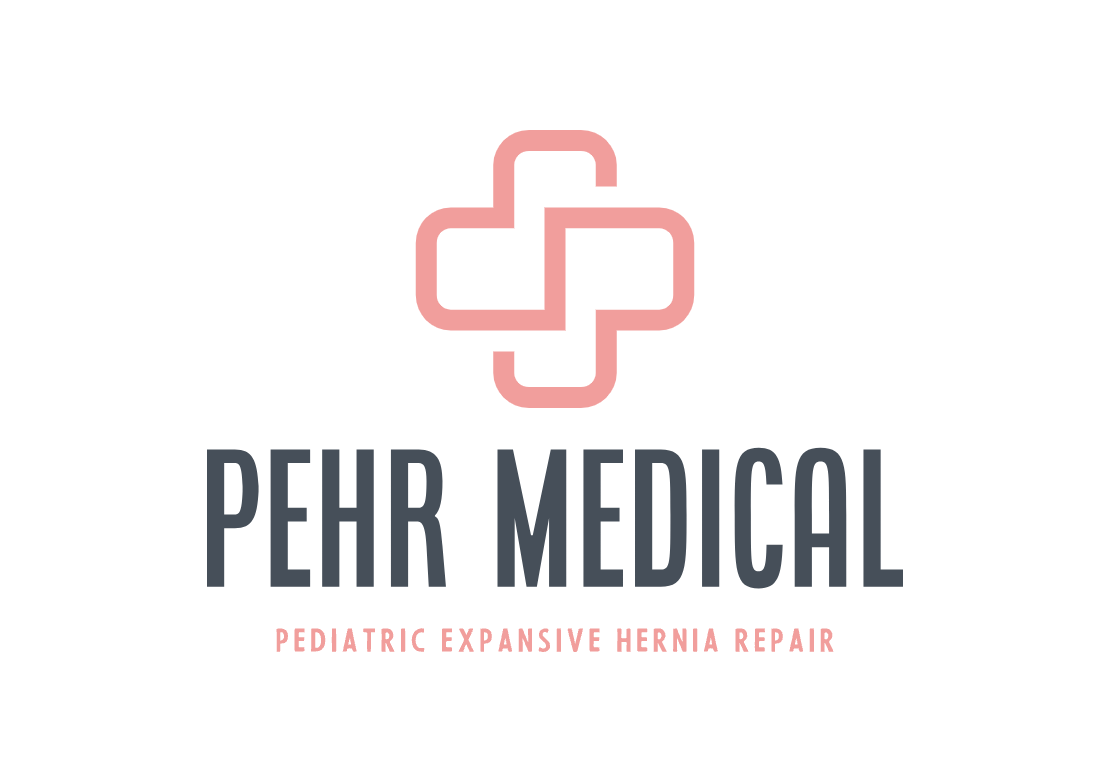
PEHR Medical – Neomesh
Pediatric Surgical Group Pediatric Expansive Hernia Repair – A CDH Treatment Abdullah Abuomar, Marianna Aviles Jubis, John Moyer, & Terra Spurgeon Table of Contents Biodesign Need Statement Disease State Fundamentals…
SKOLIO MOUNT
Our Team Background Scoliosis is an abnormal lateral curvature and rotation of the spine. There is a 2-3% prevalence worldwide. In Ghana, 138000 to 207000 adolescents may be affected by using this statistic. Problem In…
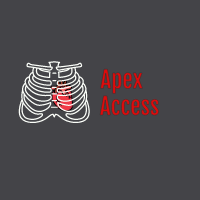
Apex Access
Team Mentor Greg Gdowski, Martin Gira, and Amy Lerner Abstract Left ventricular assist (LVAD) devices are implanted in patients with heart failure to assist with pumping blood through the body.…
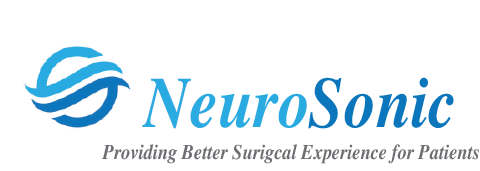
Team Testing Product Design We envision our final product to be a reusable medical grade, bone conduction headset. This headset will feature a single-use disposable coverings that prevent contamination between…
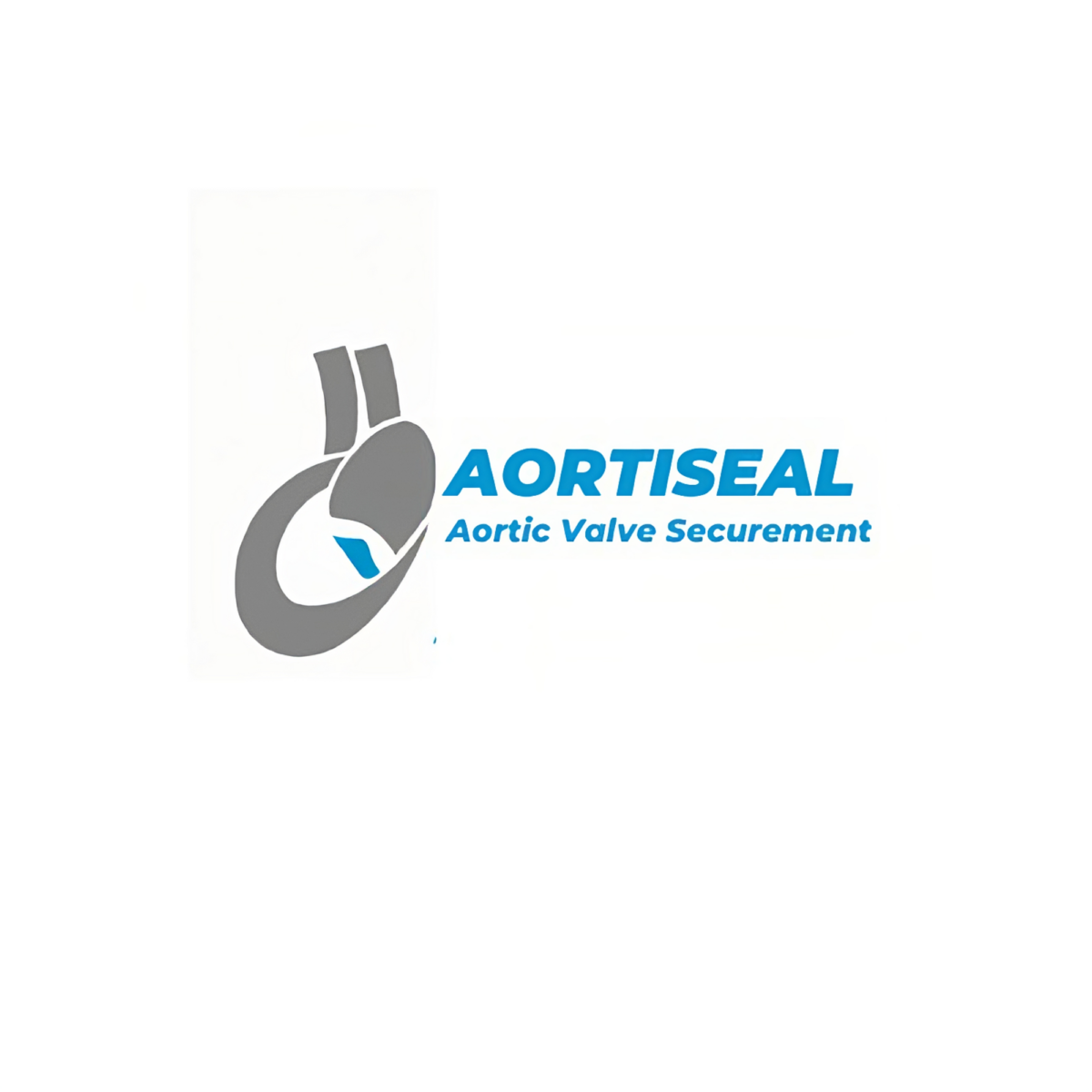
AortiSeal Ring Securement System
A device to simplify the aortic valve attachment process during AVR surgeries.
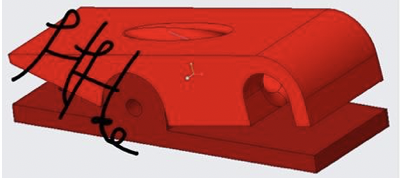
Hemorrhage Heroes
Team & Specialty: We are Hemorrhage Heroes, one of the two teams focused on neurosurgical devices within the University of Rochester CMTI program. Our team is composed of Zachary Muench…
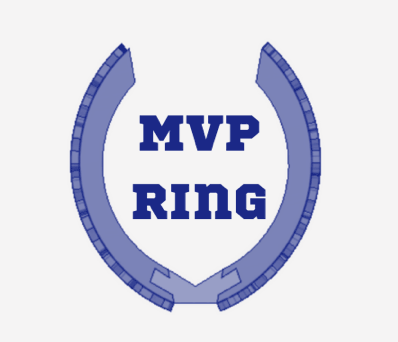
With the MVP Ring, surgeons are able to recreate a patient’s native heart valve anatomy and overall hemodynamic function leading to improved surgical outcomes.
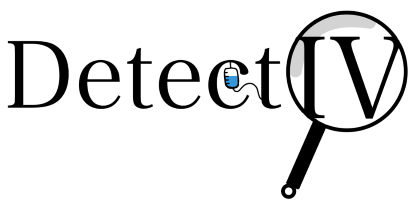
DetectIV
DetectIV is for anesthesiologists to detect unwanted infiltration and extravasation from delivery of intravenous fluids to reduce incidence of effects such as pain, swelling and risk of necrosis during the intraoperative period.
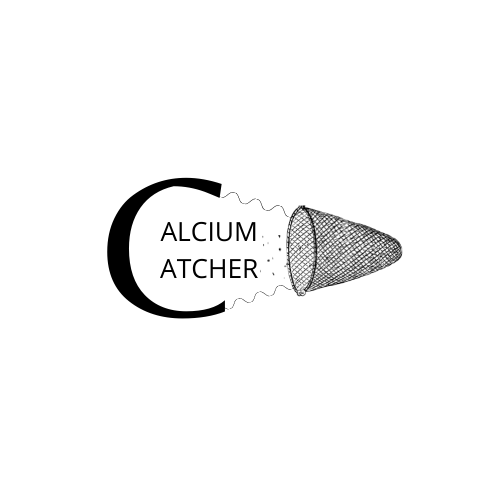
CalCatch
Our mission is to significantly reduce post-surgical SAVR life-threatening complications caused by calcium debris by introducing the industry’s first embolic protection device for SAVR procedures.

Bubble Trouble
Bubble Trouble is the “Patient’s Companion”, the industry’s first and only medical device company that aims to eliminate bubbles in all surgical procedures to aid healthcare professionals prepare contrast agents faster, safer and simpler.
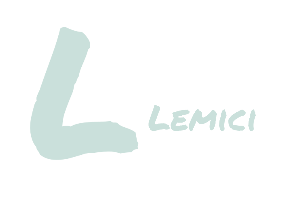
Lemici Patient Camera
A remotely operated camera to increase the accessibility of wound healing teleconsultations.

STMedical
Revolutionizing minimally invasive surgeries by targeting 70% of all major complications
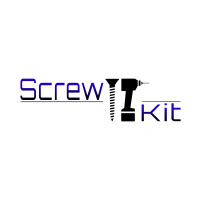
Screw Insertion Trajectory Kit
The Screw Insertion Trajectory Kit is an assistive tracking system that provides real-time feedback for the screw trajectory insertion process unlike the current free-hand method or existing technologies that are not specifically designed for plates and screws open reduction internal fixation (ORIF) surgical procedures.
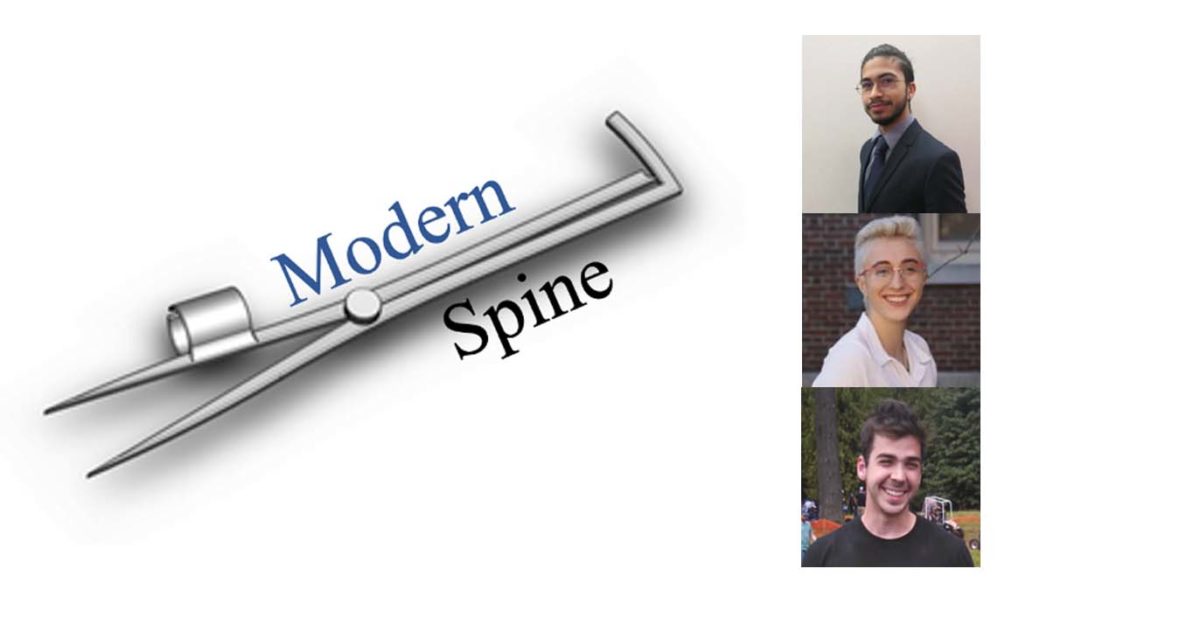
Modern Spine
A novel surgical caliper to measure the width of the facet joint during a laminectomy.
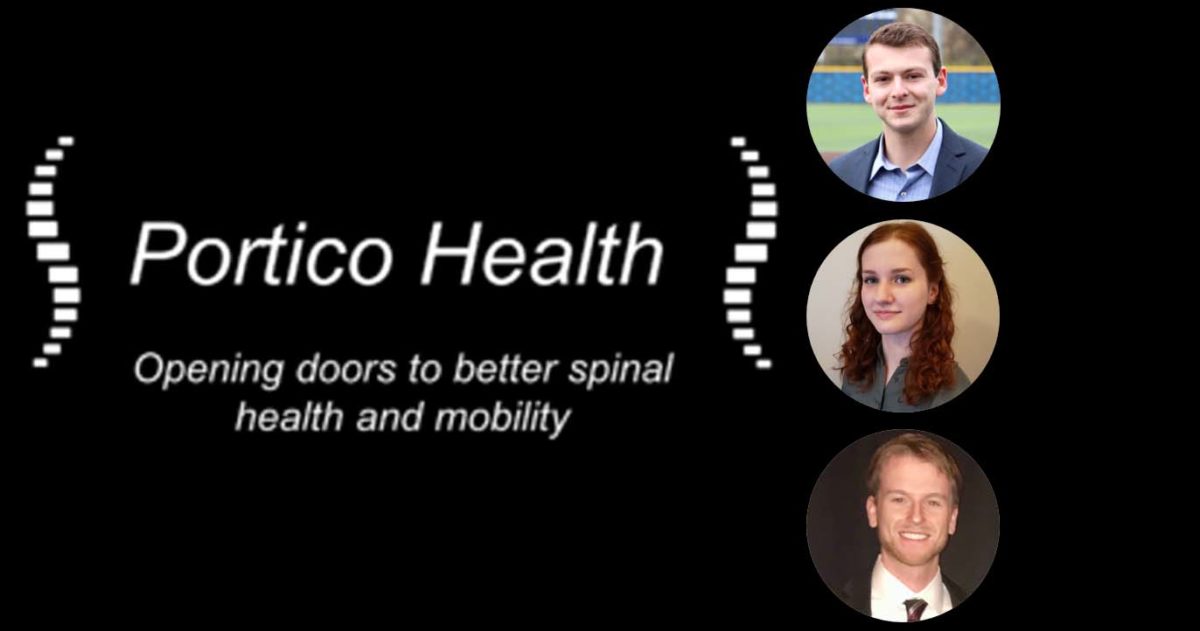
Portico Health
The Portico Laminoplasty Fixation System allows surgeons to perform open-door laminoplasty using only one fastener.
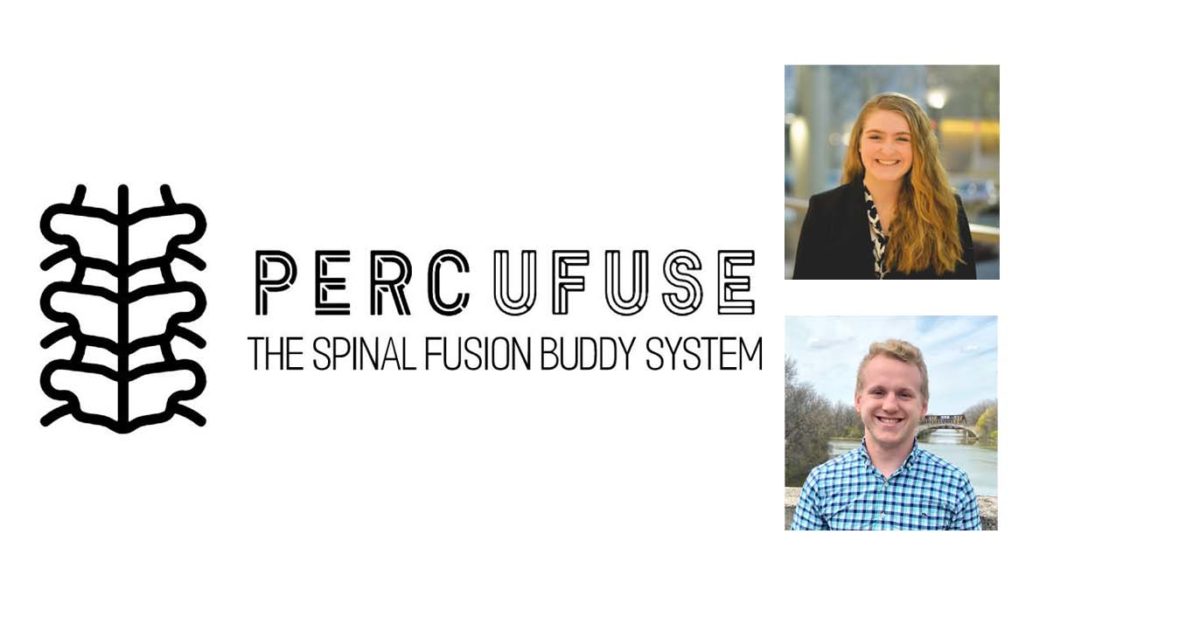
Neuro 2
A minimally invasive instrument designed to increase fusion rates in percutaneous spinal fusions.
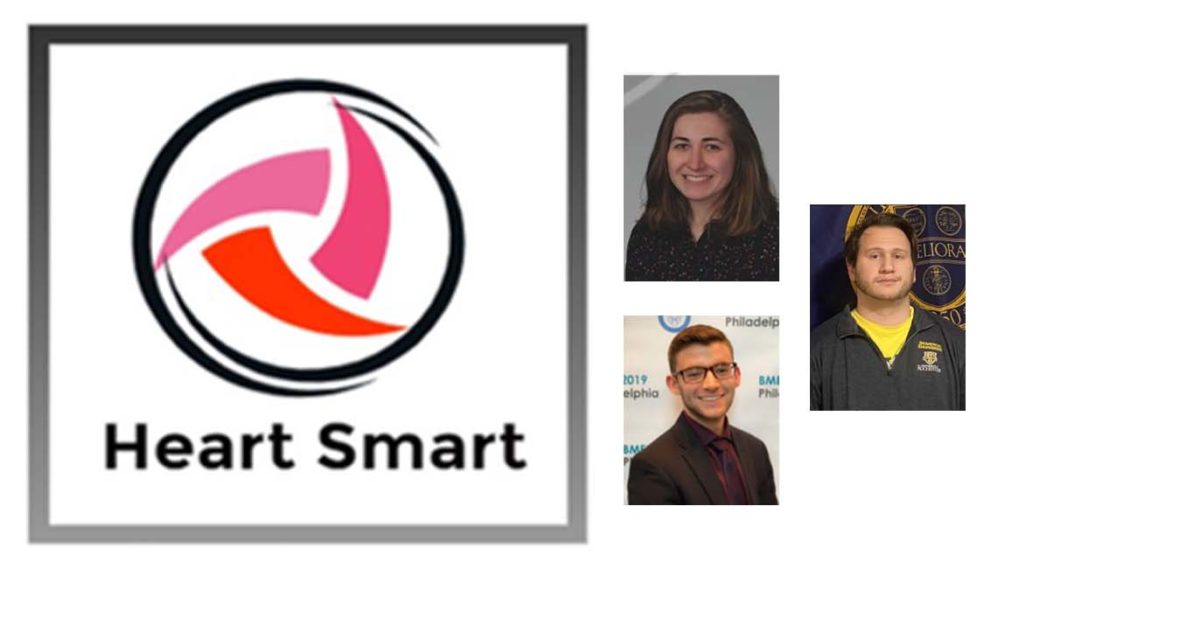
Heart Smart
A method to capture calcium debris in order to limit stroke incidence.

Cardio 2
An improved training model for endoscopic saphenous vein harvesting.

REMA Tech
A device to collect an adequately sized bone biopsy sample on the first try.
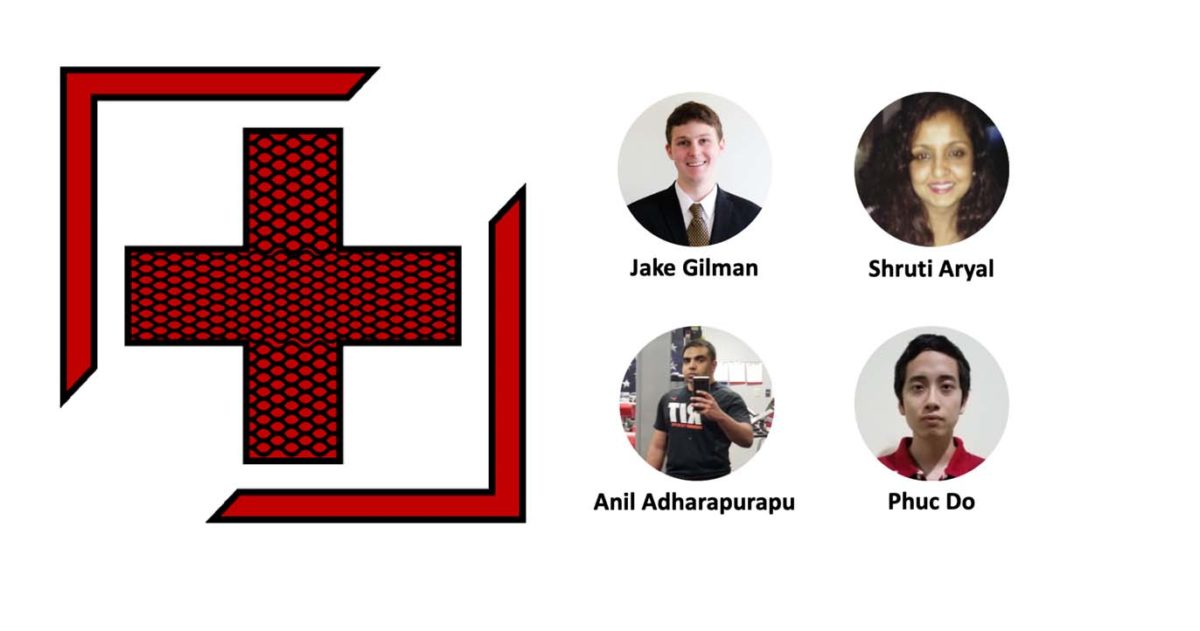
MeshCure
Mesh deployment device used during laparoscopic procedures to prevent hernia
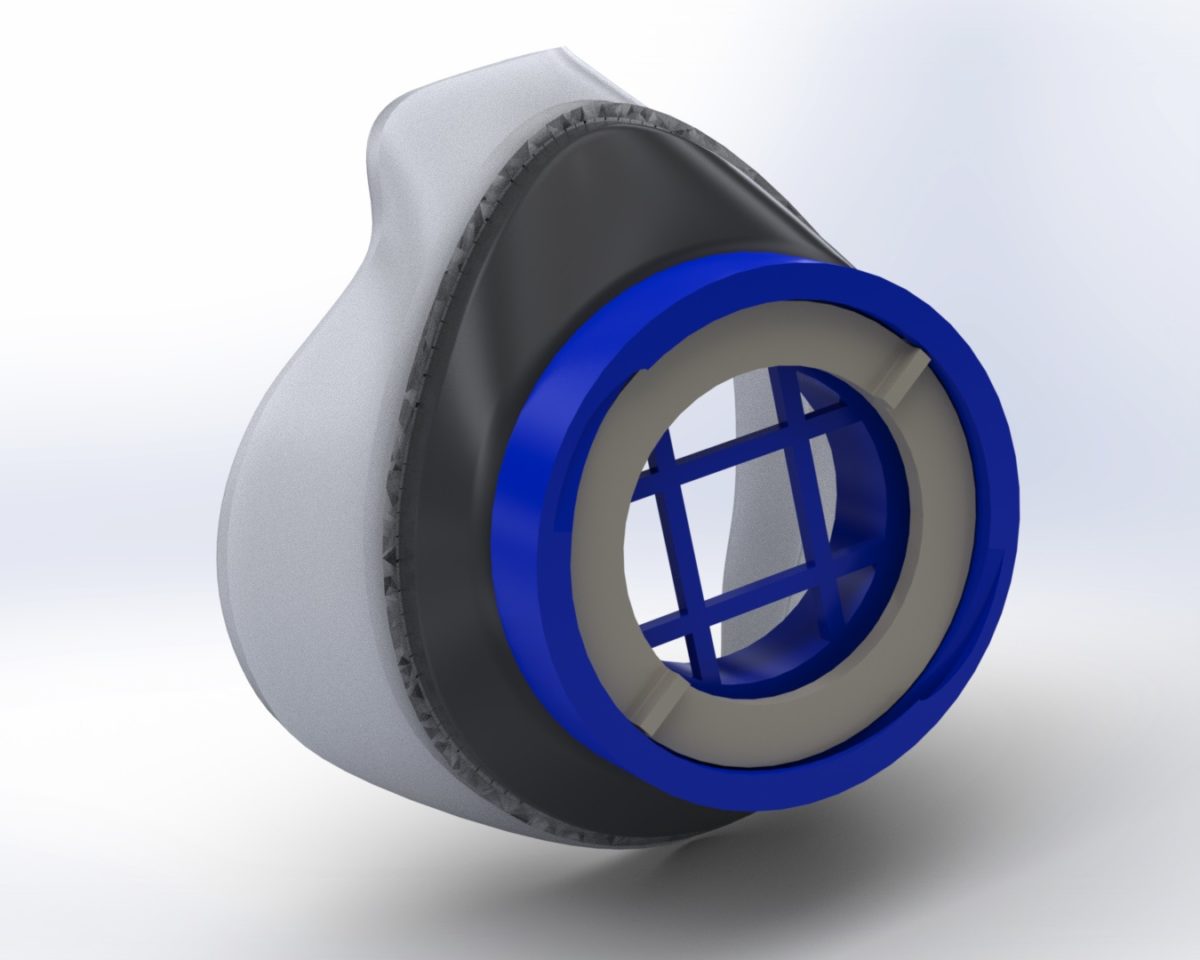
DIY COVID-19 Mask
In response to the COVID-19 crisis, we are developing a mask that offers superior function in a fraction of the manufacturing time when compared to many emerging 3D printed mask designs. The design offers an improved seal around the face that is more comfortable, a more robust/airtight filter housing, autoclavable materials, and a quicker manufacturing method. This will allow local and national entities looking to produce DIY masks a better, faster alternative to 3D printing.
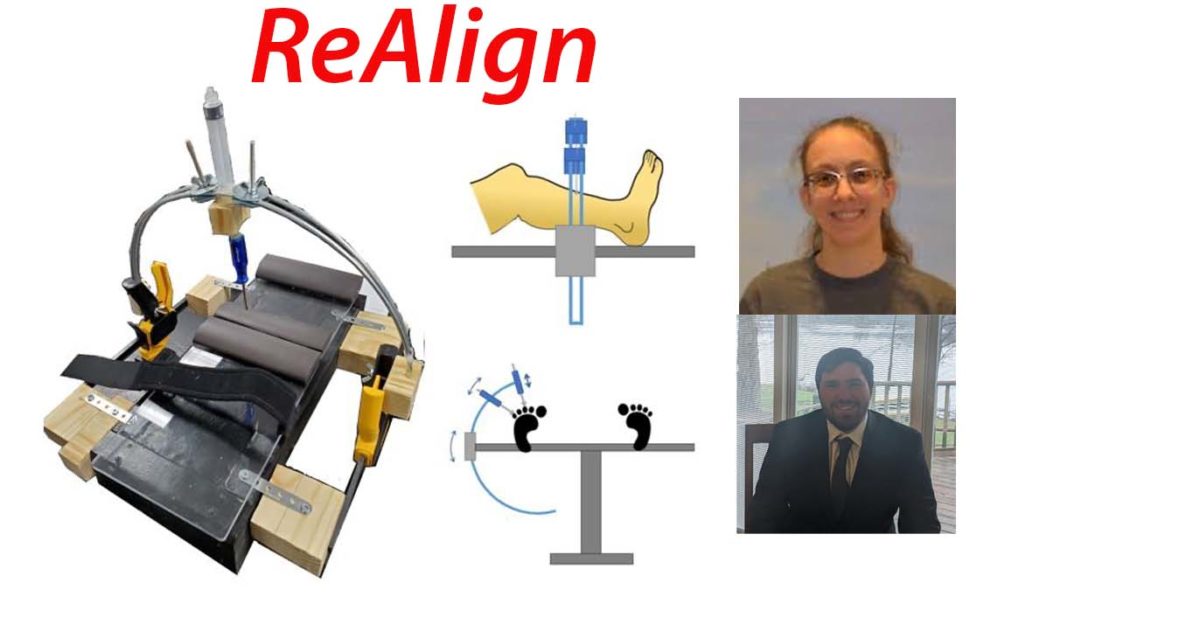
Re-Align: Fracture Fixation Assistant
Tibial shaft fractures are a common injury and may require surgical intervention. During our team’s observation of trauma surgeries at Strong Memorial Hospital, we found the procedure was inefficient. Tools used to align bone may move, and people holding alignment are prone to fatigue. Each time a tool moves, alignment is checked or redone using X-ray. Our device clamps to the surgical bed and locks the position of instruments reducing staff needed to hold alignment and increasing efficiency.
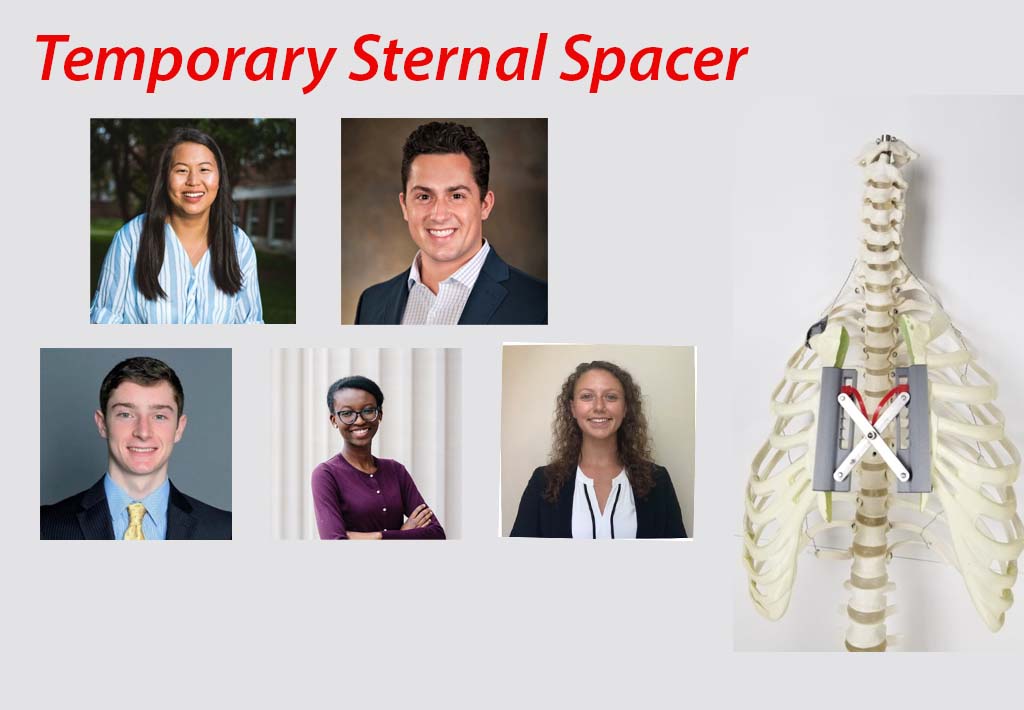
Temporary Sternal Spacer
Various post-operative complications may lead cardiac surgeons to opt for delayed sternal closure following open heart surgeries. Patients’ sterna are left open and they are cared for in the intensive care unit for 1-7 days. In the ICU, bedridden patients are turned to prevent pressure ulcers and for linen changes. During these turns, the sternal halves rotate and twist, potentially leading to injury or death. Our device stabilizes the sternal halves during transport and turning, greatly increasing patient safety.
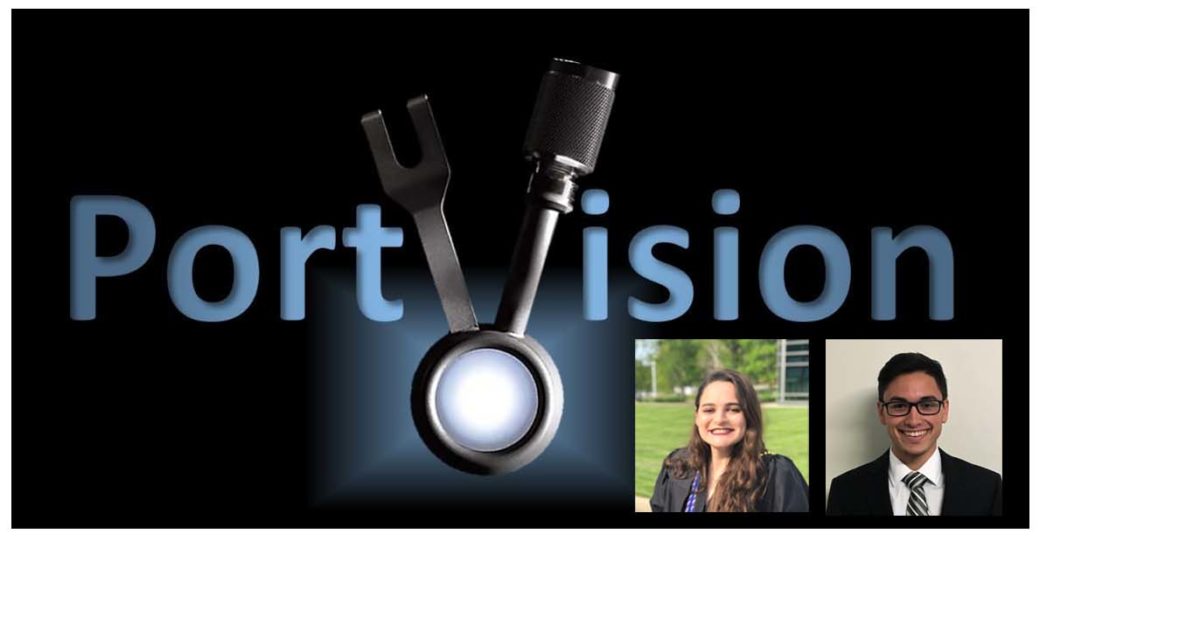
Our project focuses on solving the need to decrease the amount of muscle obstruction during minimally invasive lumbar surgeries in order to increase the surgeon’s visualization of the surgical field. We developed a medical device that decreases the muscle obstruction by expanding an inflatable at the base of a cylindrical port. The product was tested in a PVA mixture that resembles similar material characteristics as muscle which proved the plausibility and efficacy of the concept.

Carotid Artery Access
Brief Description: vasSecure aims to decrease carotid artery dissection rates during Transcarotid Artery Revascularization (TCAR) procedures by improving access and stability. The device allows surgeons to properly tension the artery while distributing the applied force, allowing surgeons to perform the minimally-invasive procedure effectively and reduce the risk of trauma to the artery.
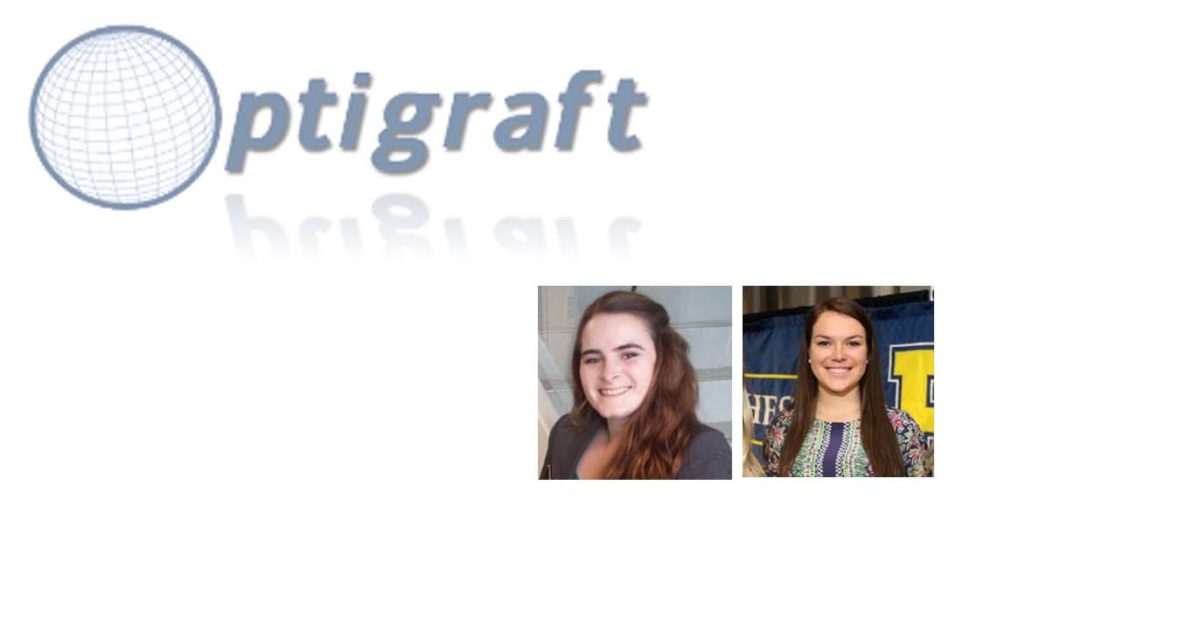
Optigraft Skin Graft Mesher
Skin grafts are commonly used for wound closure and are cut with a mesh pattern to expand their coverage area. They are thin, delicate, painful to harvest, and easily damaged during traditional meshing. We observed need for a method to mesh skin grafts that is less prone to failure. Optigraft addresses this problem with technology that not only executes precise cuts without damage, but also measures the wound sites to allow for planning of optimal graft size and expansion ratio.
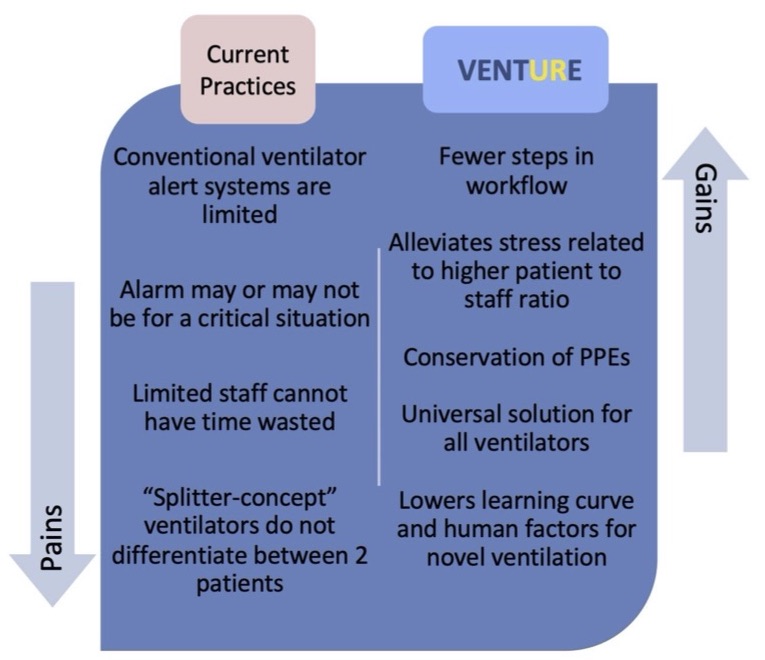
Operation VENTURE
A major challenge presented by the COVID-19 crisis is the limited number of caregivers that can attend to the influx of patients requiring ventilators. Our alarm app and sensor system allows caregivers to monitor the real-time performance of conventional and novel ventilators for multiple patients at once. Such data could be used to compare trends in current patient outcomes with previously recorded ventilator data. This would allow clinicians to foresee complications and make more informed decisions in treating similar diseases.
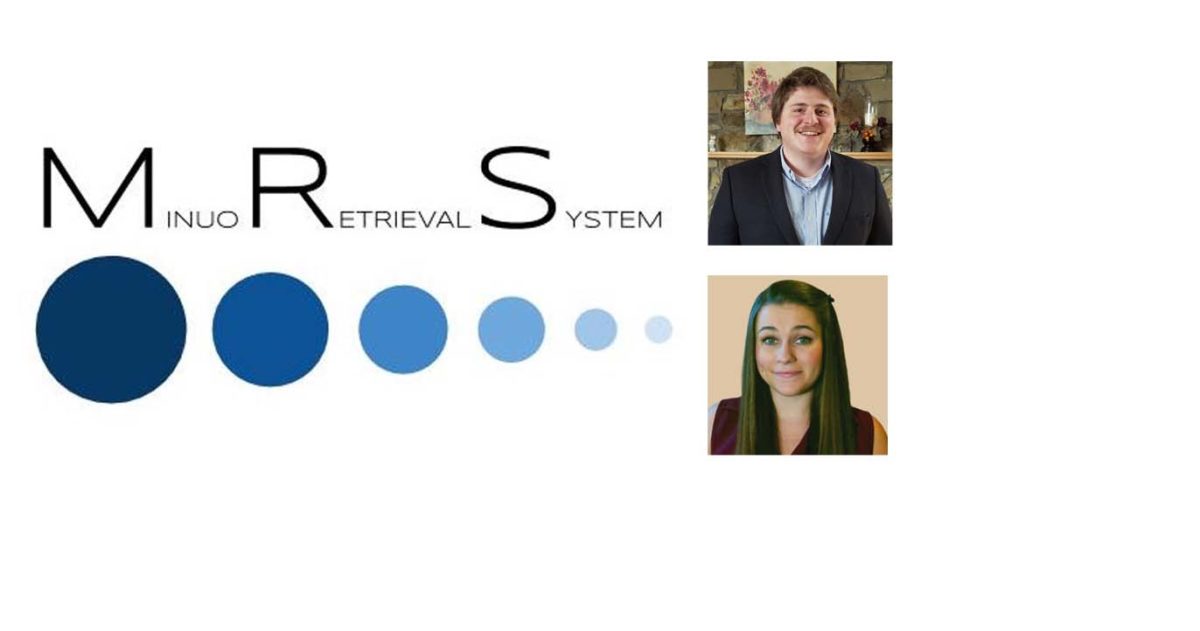
Minuo Retrieval System
The MRS is a specimen retrieval device that offers surgeons a way to remove malignant specimens during laparoscopic procedures without significantly widening minimally invasive incisions. The proposed device would use expandable braided sleeving to elongate and radially compress large tissue specimens for extraction through the initial incision. Use of this device would allow surgeons to remove large tissue samples through smaller incisions to reduce patient pain, recovery time, postoperative pain and length of hospital stay.

The Ten-μ HemoLock Clamp
Ten-μ solutions plans to introduce time and cost savings to the operating room (OR) through application-specific single-use instrumentation. Our instrument will allow surgeons to position and tension vessel loops at their discretion.
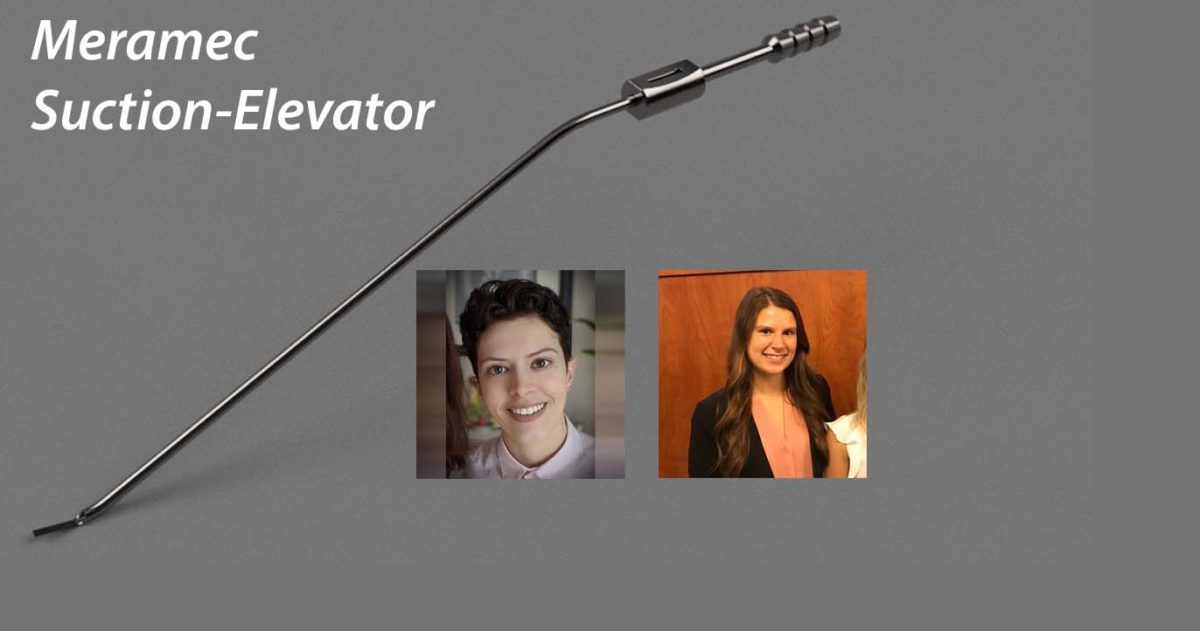
Meramec Suction-Elevator
For spinal surgeons who face difficulty visualizing the nerve root during spinal decompressions, the Meramec suction/elevator is a surgical instrument that combines multiple instrument functions to free surgeons’ hands and increase OR efficiency. It combines the functionality and familiarity of existing suction tips and manual elevators with end effector geometry specific to the lumbar nerve roots, reducing the need to switch instruments. This improves OR workflow and increases patient safety.
